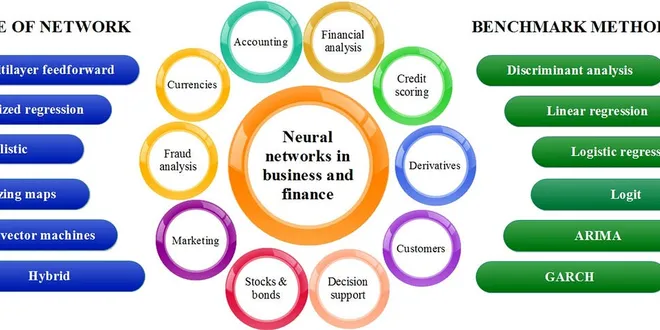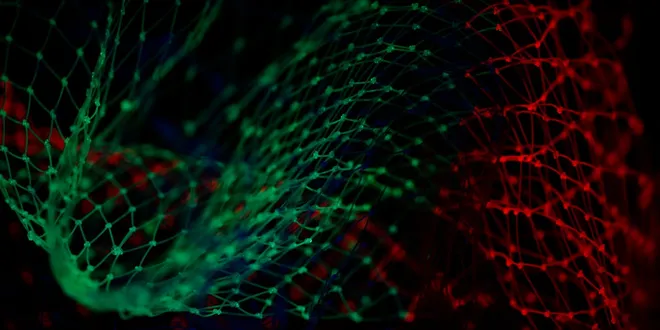neural networks
Neural networks, a subset of artificial intelligence, are computational models inspired by the human brain’s structure and function. They consist of interconnected layers of nodes, or neurons, which process and transmit information. The primary goal of neural networks is to recognize patterns and relationships within data, enabling them to perform tasks such as classification, regression, and prediction. By adjusting the weights of connections through training, neural networks learn from examples, improving their accuracy over time. This powerful technology is widely used in various applications, including image recognition, natural language processing, and autonomous systems.

What is a Neural Network?
Neural networks are a set of algorithms, modeled loosely after the human brain, that is designed to recognize patterns. They interpret sensory data through a kind of machine perception, labeling or…
📚 Read more at Towards Data Science🔎 Find similar documents

Neural Networks in Everyday life
A neural network is a series of algorithms that endeavors to recognize underlying relationships in a set of data through a process that mimics the way the human brain operates. This means that neural…...
📚 Read more at Analytics Vidhya🔎 Find similar documents

Neural Network
Neural network are sophisticated learning algorithms used for learning complex, often a non-linear machine learning model.
📚 Read more at Towards Data Science🔎 Find similar documents

Introduction to Neural Networks
Neural networks, commonly known as Artificial Neural Networks (ANN) are quite a simulation of human brain functionality in machine learning (ML) problems. ANNs shall be noted not as a solution for…
📚 Read more at Towards Data Science🔎 Find similar documents

Neural Networks | Fundamentals
An artificial neural network (ANN) is a series of algorithms that aim at recognizing underlying relationships in a set of data through a process that mimics the way the human brain operates. Such a…
📚 Read more at Towards Data Science🔎 Find similar documents

Neural Networks (Simply Explained)
A Neural Network consist of a family of Machine Learning techniques used to model the human brain. Neural Networks are able to extract hidden patterns within data; they’re able to do this by having a…...
📚 Read more at Analytics Vidhya🔎 Find similar documents

ARTIFICIAL NEURAL NETWORKS
Artificial Neural Networks What is a Neural Network? A Neural Network is a computational model inspired by the structure and function of the human brain. It consists of interconnected nodes(neurons) ...
📚 Read more at Python in Plain English🔎 Find similar documents

Neural Networks in a nutshell
Neural Network is a branch of machine learning branch under reinforcement domain, which is used in prediction of any variable from given raw data through network like structure.Neural Network’s…
📚 Read more at Analytics Vidhya🔎 Find similar documents

Neural networks — how it works?
Today neural networks is a popular term and “must-have” for any, who are interested in machine learning. It is used everywhere! In the text and video recognition, self-driving cars, and even in the…
📚 Read more at Analytics Vidhya🔎 Find similar documents

Convolutional Neural Networks
Neural Networks are a class of algorithms widely used in Deep Learning, the field of Machine Learning whose aim is that of learning data representation via multi-layers, deep algorithms. So by…
📚 Read more at Analytics Vidhya🔎 Find similar documents

How Things Work: Artificial Neural Networks
Neural networks are, in a nutshell, a subfield of machine learning algorithms that are inspired by neurons in the human brain. Nowadays, AI technology that is powered by neural networks is…
📚 Read more at Towards Data Science🔎 Find similar documents

Artificial Neural Networks (ANN)
This is the first step in the development of systems that replicate the function of neurons in our brains that help us learn as humans. A neural network (NN) forms a hidden layer that contains units…
📚 Read more at Towards Data Science🔎 Find similar documents

